Microsoft Edge lacks built-in options to block specific websites, which can be a challenge for users who want to restrict access to certain sites for themselves or others.
Blocking websites with the hosts file
Modifying the hosts file on your Windows system can effectively block access to specific websites across all browsers, including Microsoft Edge. This method redirects the domain names of unwanted sites to a null address, preventing them from loading.
Step 1: Click on the Start button and search for Notepad. In the search results, right-click on Notepad and select Run as administrator.
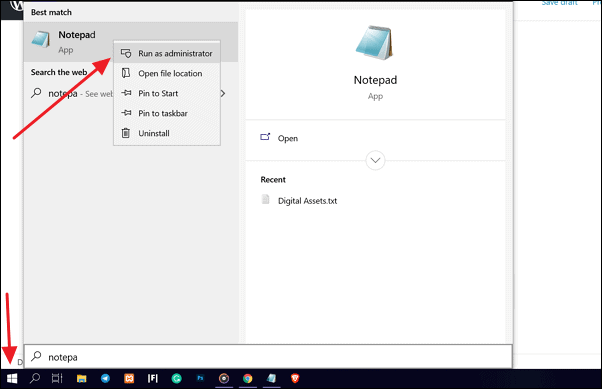
Step 2: A user account control warning may appear. Click Yes to allow Notepad to run with administrative privileges.
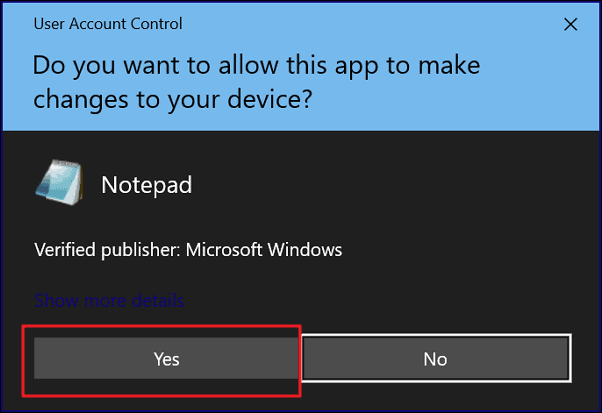
Step 3: In Notepad, click on File in the menu bar and choose Open, or use the shortcut Ctrl+O. This will open a file explorer window.
Step 4: Navigate to the hosts file location by copying and pasting the following path into the address bar:
C:\Windows\System32\Drivers\etc
Step 5: If no files are visible, change the file type filter from Text Documents (*.txt) to All Files at the bottom right corner of the window.

Step 6: Select the hosts file from the list and click Open.
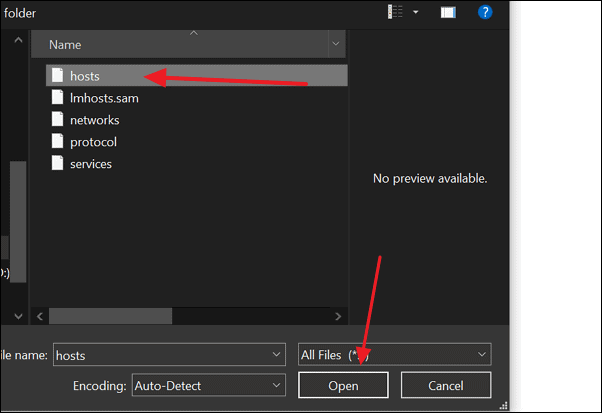
Step 7: Scroll to the bottom of the hosts file and add a new line with 127.0.0.1 followed by the website you want to block. For example, to block YouTube, add:
127.0.0.1 youtube.com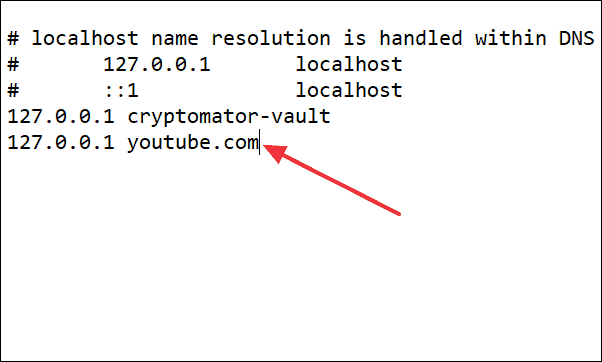
Step 8: Save the changes by pressing Ctrl+S or by clicking File and selecting Save. Close Notepad when done.
Step 9: To ensure the changes take effect, clear your browser cache. When you try to access the blocked website in Microsoft Edge, you should see an error message indicating the site can't be reached.

This method blocks the website at the system level, preventing access from any browser on the computer. Note that if you use a VPN or proxy, the hosts file may not effectively block the site, and you'll need to adjust your VPN settings accordingly.
Blocking websites on Edge using an extension
Since Microsoft Edge doesn't offer a native option to block websites, installing a browser extension is an alternative solution. Extensions like "Block Site" can help you restrict access to specific sites directly within the browser.
Step 1: Open Microsoft Edge and click on the three-dot menu icon in the upper-right corner of the toolbar.
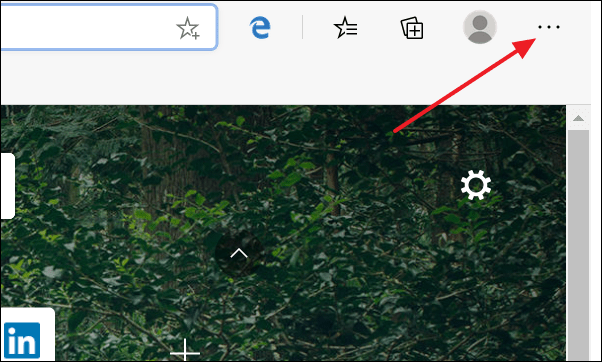
Step 2: From the drop-down menu, select Extensions.
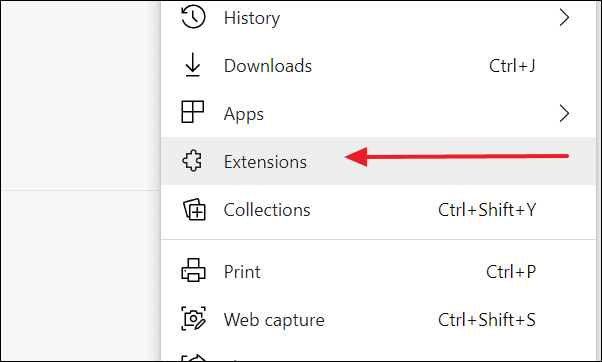
Step 3: In the Extensions page, click on Get extensions for Microsoft Edge to browse the available add-ons.
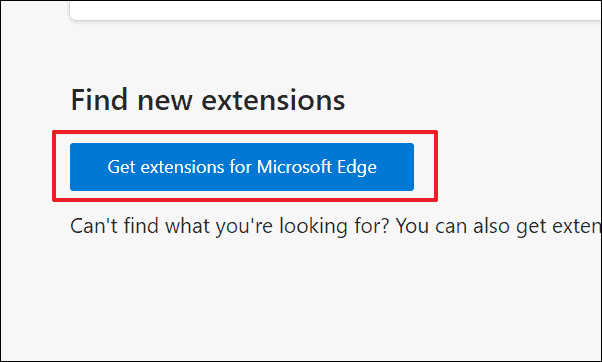
Step 4: In the Microsoft Edge Add-ons store, search for "Block Site" using the search bar, or directly navigate to the extension page using this link. Click on the Get button to install the extension.
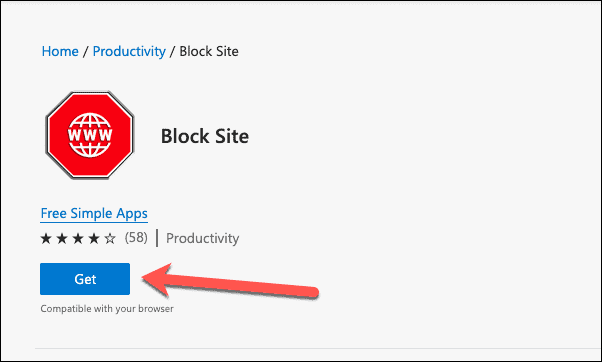
Step 5: A confirmation pop-up will appear. Click Add extension to proceed with the installation.

Step 6: Once installed, the "Block Site" extension icon will appear on the toolbar. To block a website, navigate to the site you want to restrict, and then click on the extension icon.
Step 7: In the extension window, you will see details about the current website. Click on Block this site to add it to your block list.
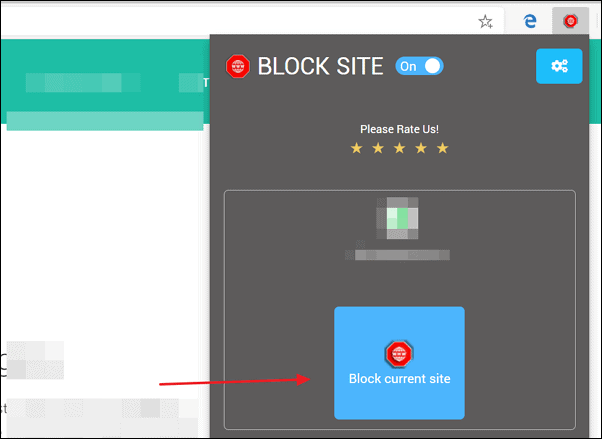
The page will refresh, and the website will be blocked. You will see a notification indicating that the site is blocked by the extension.
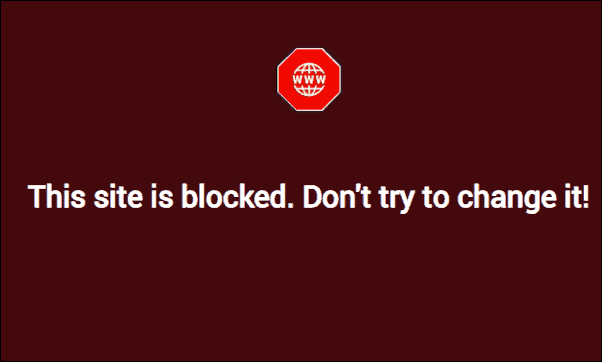
Step 8: To manage your blocked sites, click on the extension icon and then click on the gear icon to access the settings.

Step 9: In the settings page, you can manually add websites to block by entering their URLs under Block Sites. Press Enter after typing each URL to add it to the list.
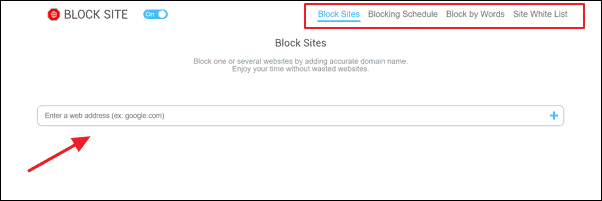
While this extension helps block websites, keep in mind that anyone with access to your browser can remove sites from the block list or uninstall the extension, as it doesn't offer password protection.
By using these methods, you can effectively block unwanted websites on Microsoft Edge, either by modifying the hosts file for system-wide blocking or by using an extension for browser-specific control.

